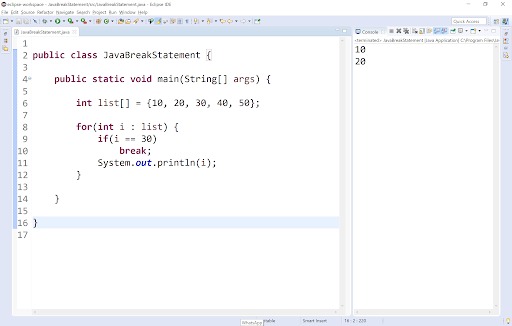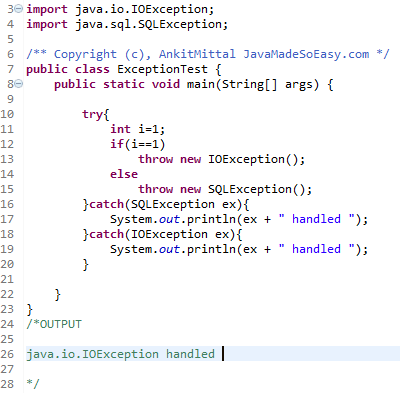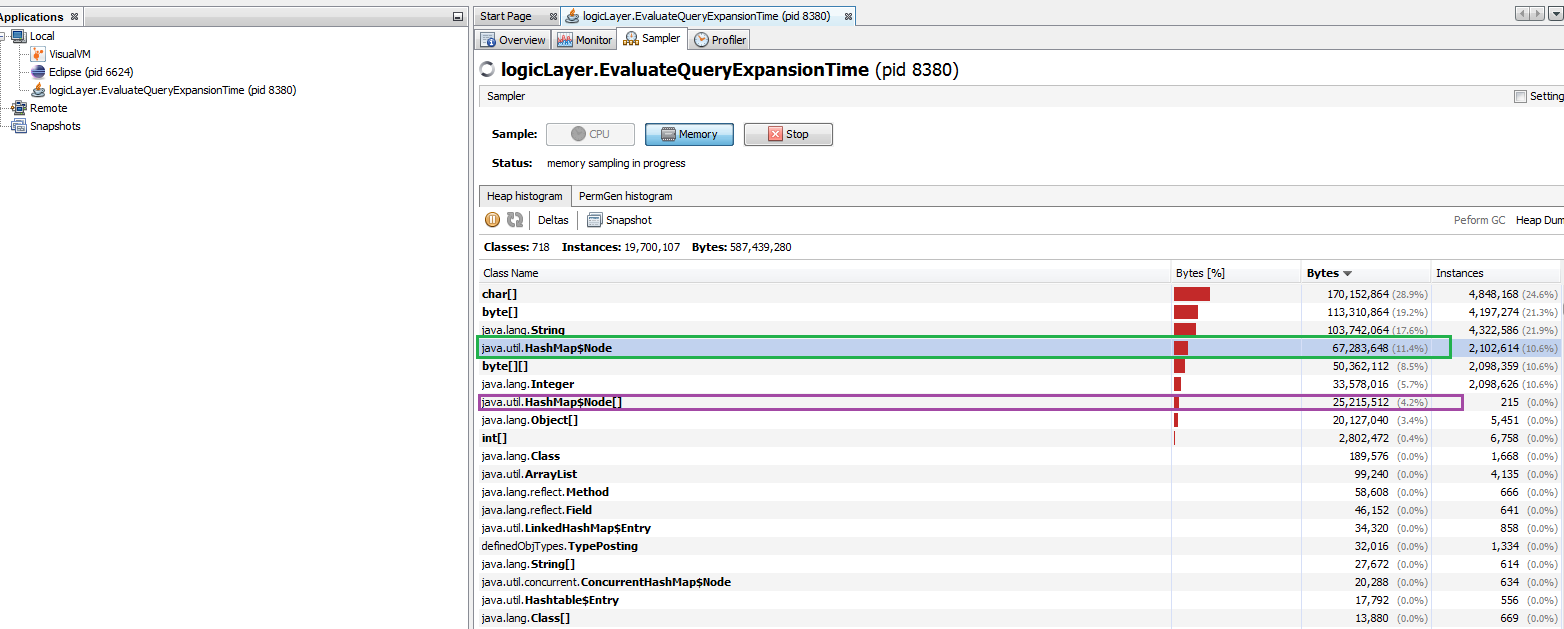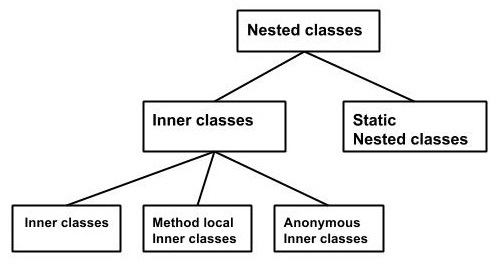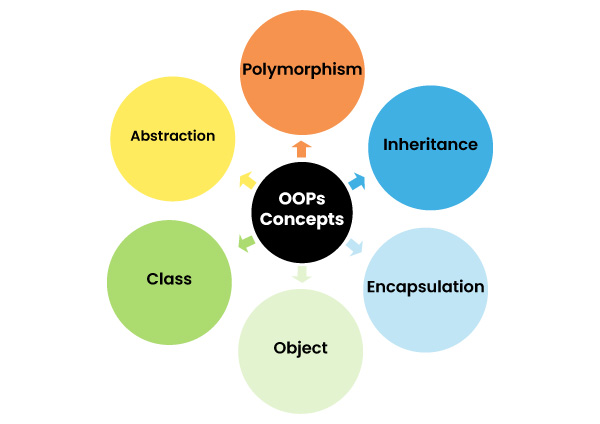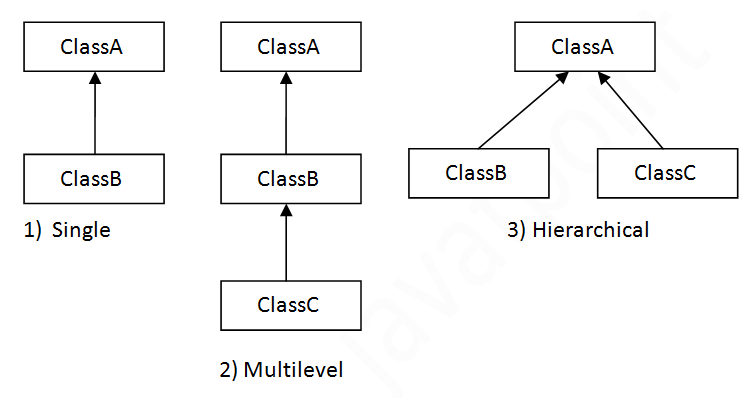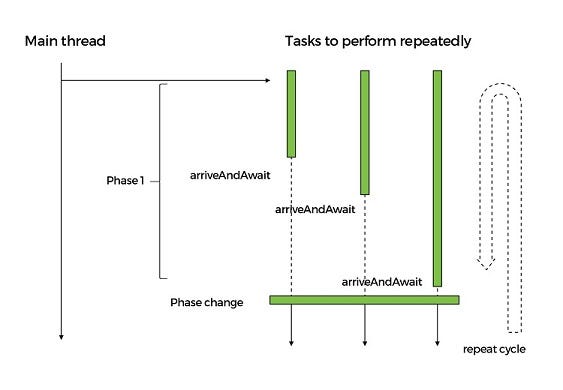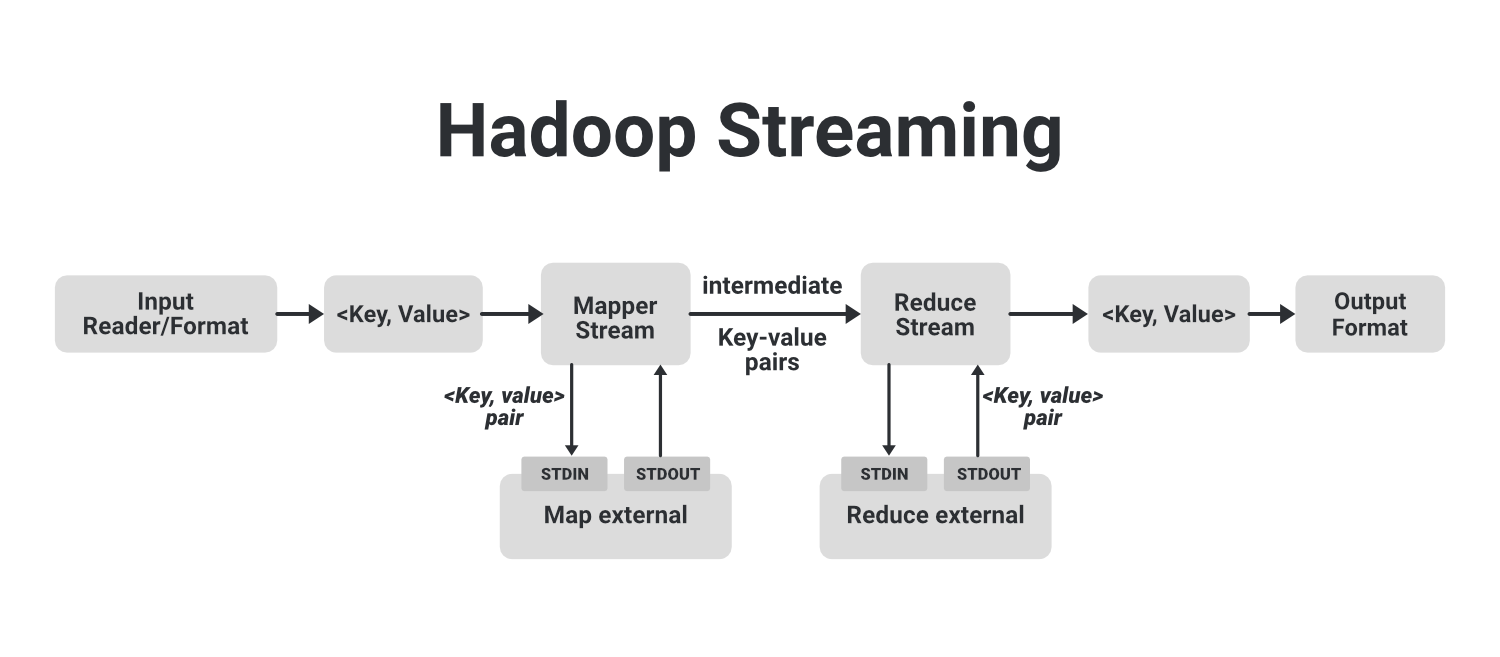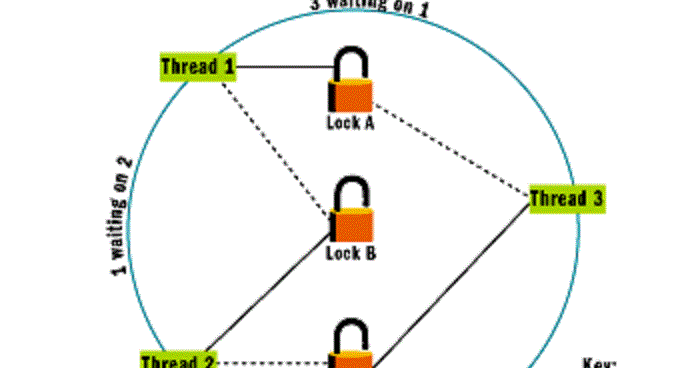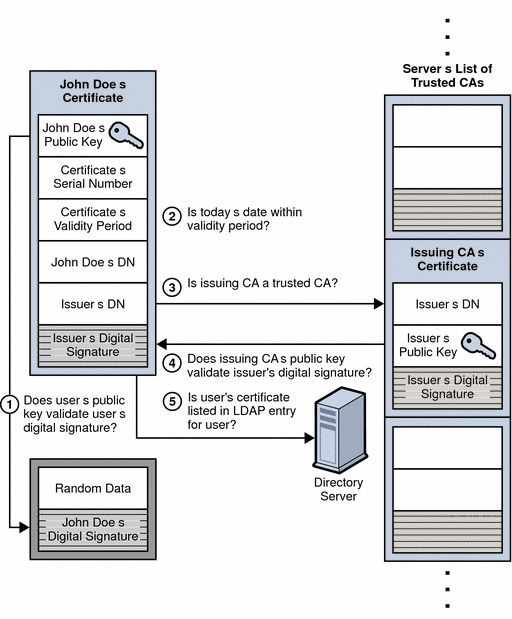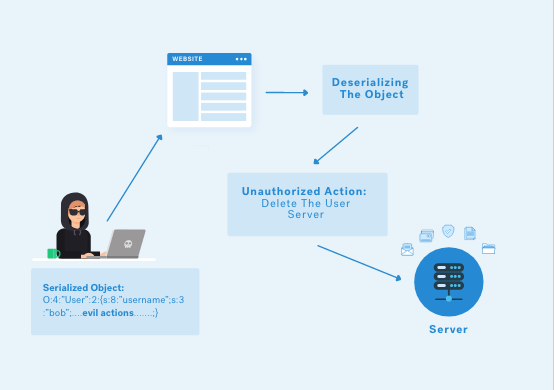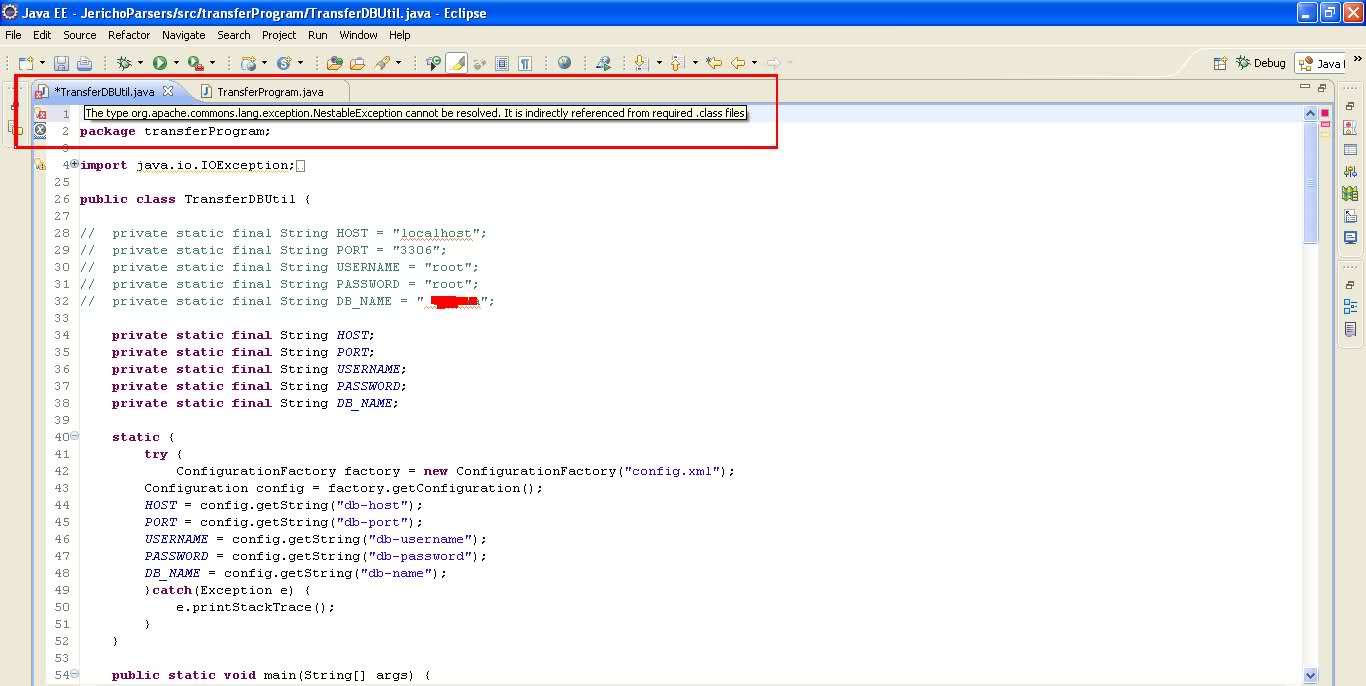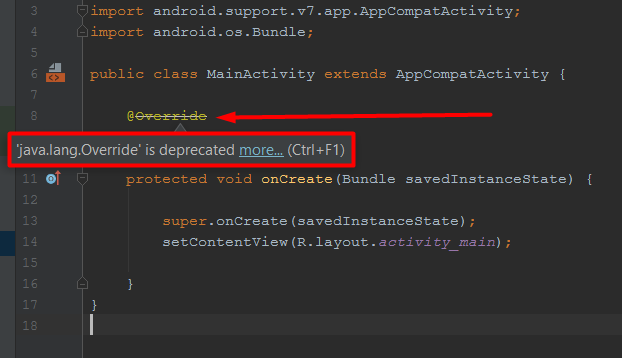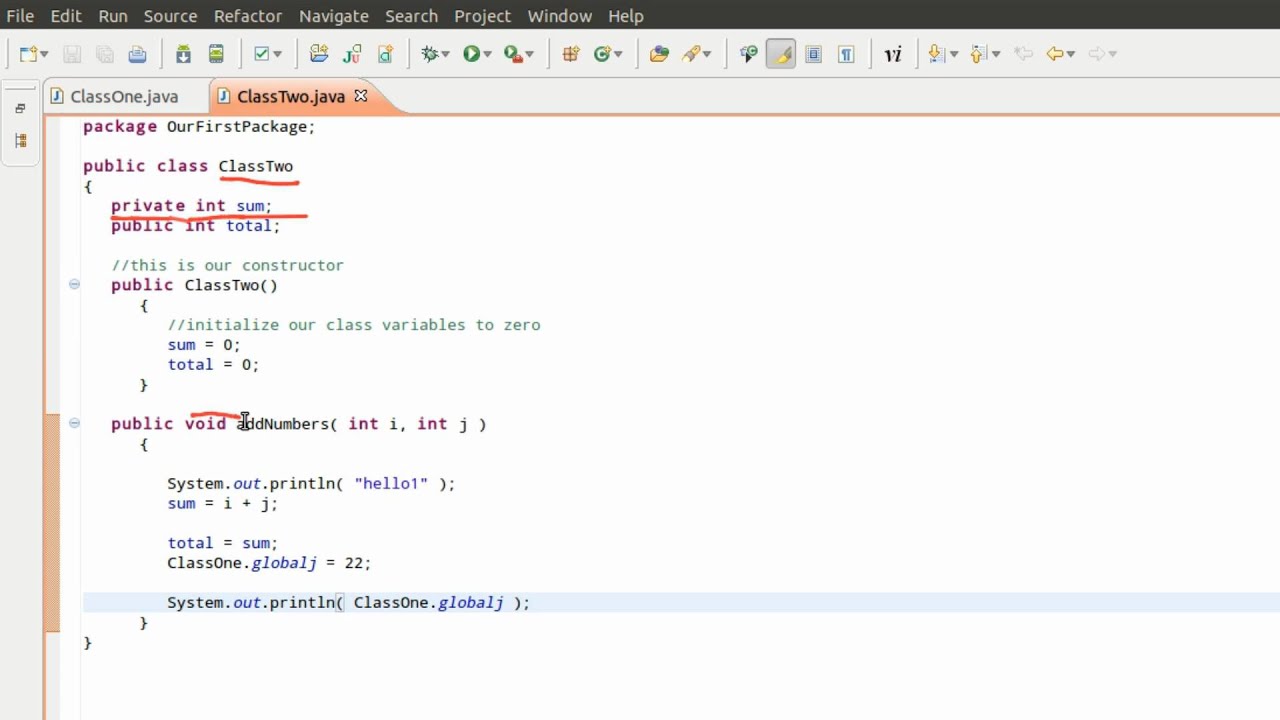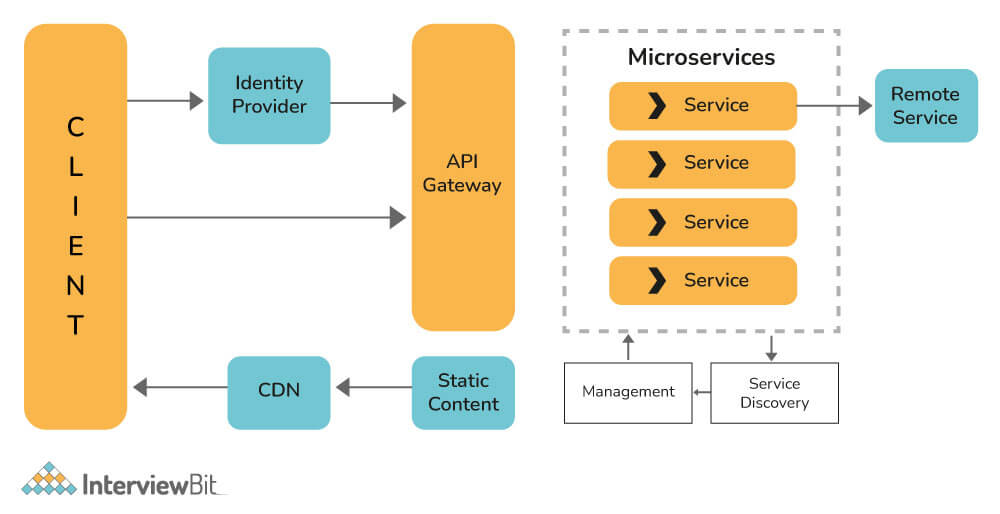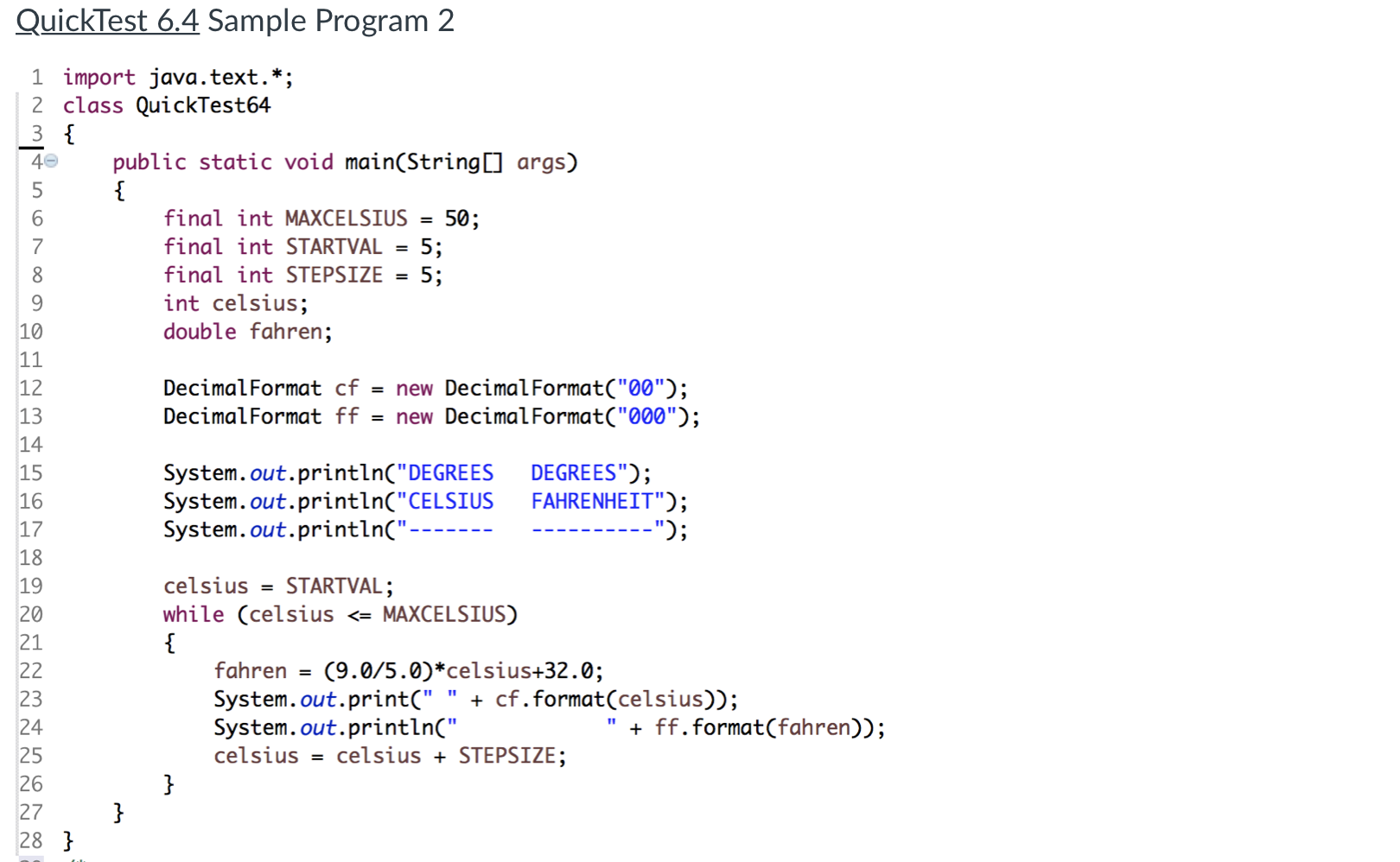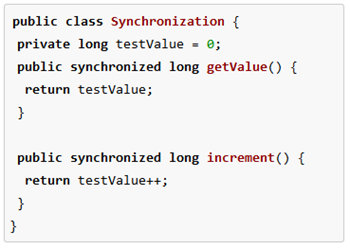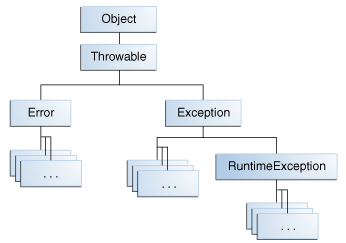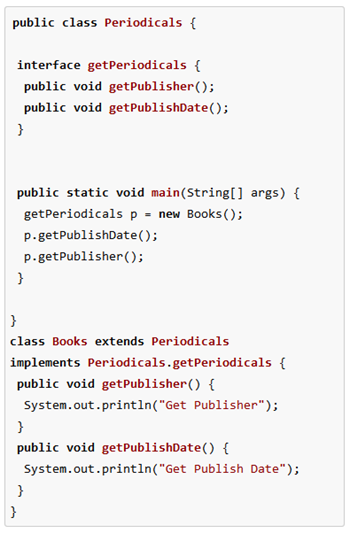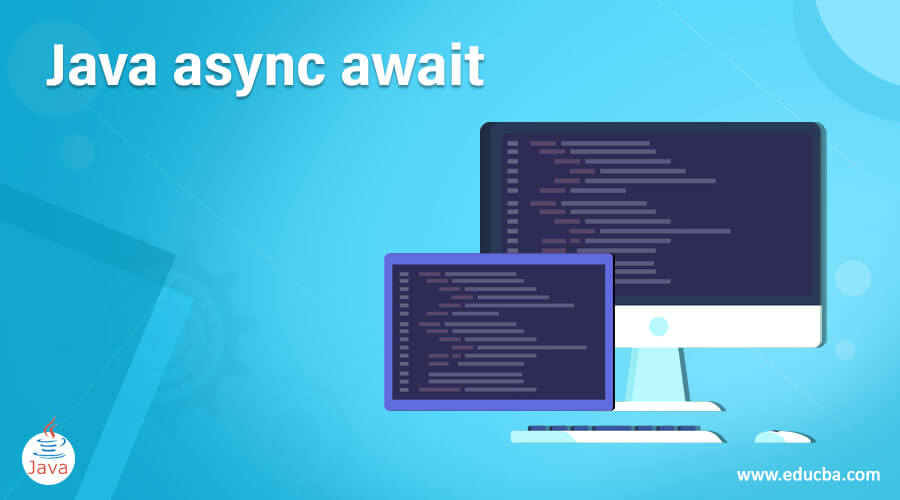How to run Java program in terminal Windows
How to run Java program in terminal Windows
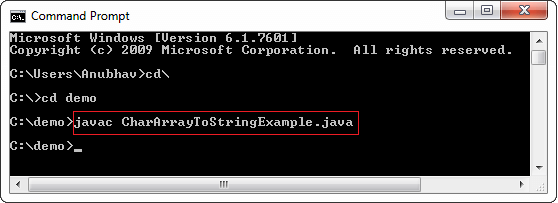
To run a Java program from the command line in Windows, you'll need to have the following tools installed:
Java Development Kit (JDK): This is the official implementation of the Java language and its associated libraries, such as the JVM (Java Virtual Machine). You can download it from the Oracle website. Command Prompt (cmd.exe): This is the default command-line interface on Windows.Here's a step-by-step guide to running a Java program in the terminal:
Navigate to the directory containing your Java program: Open the Command Prompt and use thecd command to change directories until you reach the folder that contains your Java program (e.g., MyJavaProgram.java). You can also use the cd ~ command to navigate to your user directory.
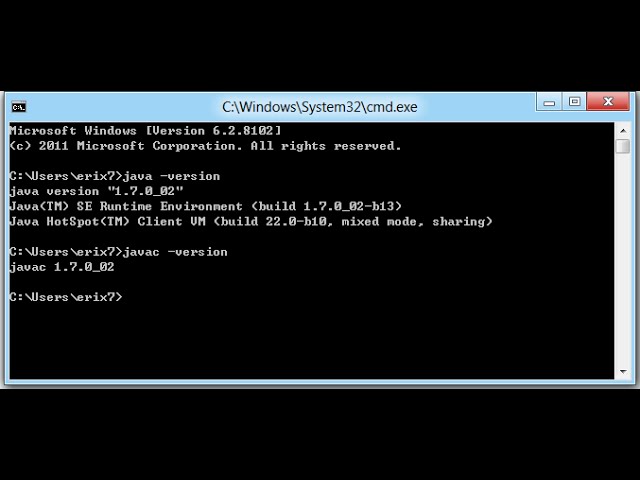
javac command: The javac command is used to compile Java source code into bytecode that the JVM can execute. Use the following command: javac MyJavaProgram.java. This will create a .class file in the same directory (e.g., MyJavaProgram.class). Run your compiled Java program using the java command: Once you've compiled your Java program, you can run it using the following command: java MyJavaProgram. The JVM will execute the bytecode and display any output to the console.
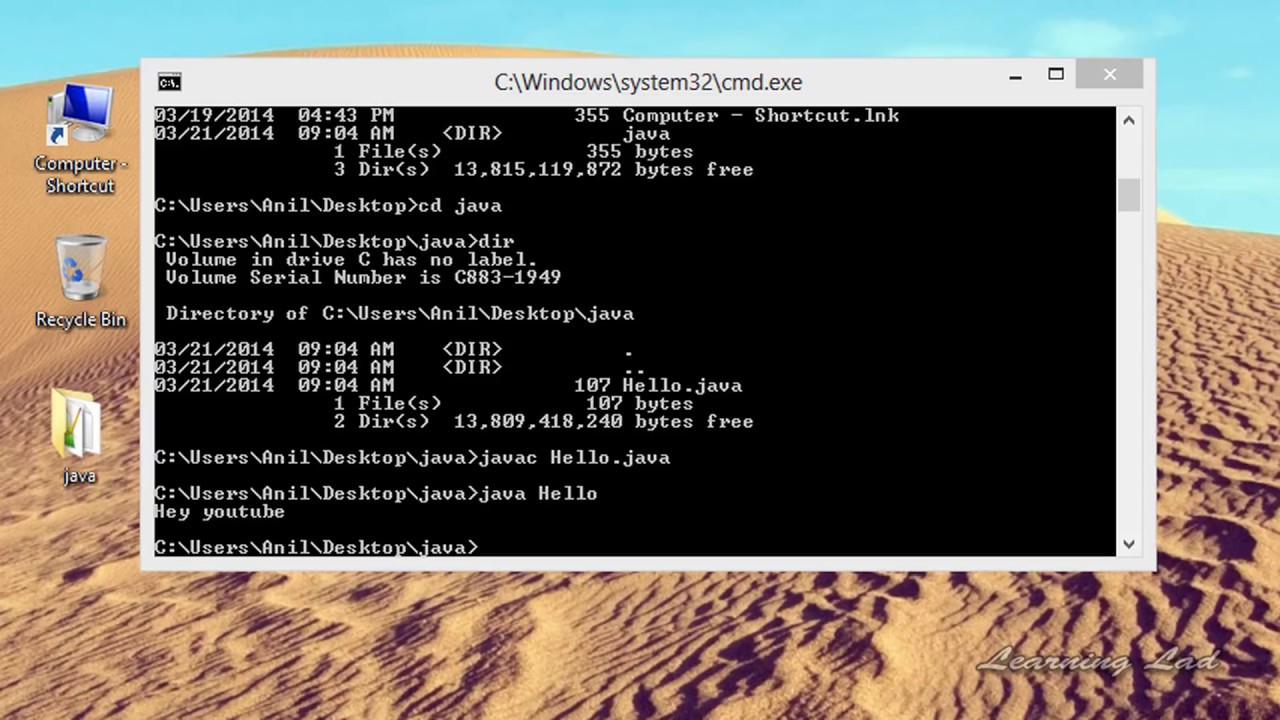
-X flag. For example: java MyJavaProgram -arg1 value1 -arg2 value2. Check your program's output: After running your Java program, check the console output for any results or error messages.
Some additional tips and common issues:
If you're having trouble compiling or running your Java program, make sure that the JDK is properly installed and that your PATH environment variable includes the directory wherejavac and java are located. If your program doesn't run correctly or produces an error message, try checking for syntax errors in your Java code or verifying that you have the correct dependencies (if any). You can also use more advanced commands like jar to create a JAR file containing multiple .class files, or javadoc to generate API documentation for your program.
Here's an example of running a simple "Hello World" Java program in the terminal:
C:>cd C:MyJavaPrograms
C:MyJavaPrograms>javac HelloWorld.java
C:MyJavaPrograms>java HelloWorld
Hello, World!
C:MyJavaPrograms>
Remember to replace C:MyJavaPrograms with the actual directory path where your Java program is located.
How to run a Java program on terminal?
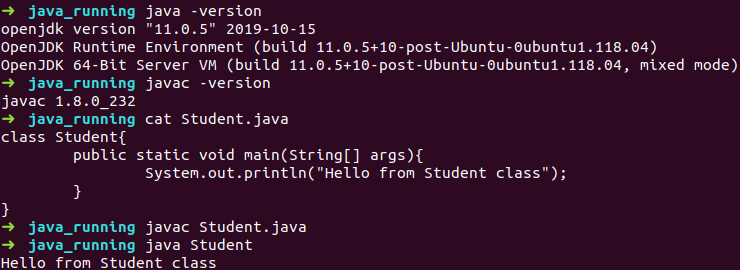
I'd be happy to help! Running a Java program on the terminal is a relatively straightforward process. Here are the steps:
Step 1: Install Java Development Kit (JDK)
The first step is to install the JDK, which includes the Java Runtime Environment (JRE), the compiler (javac), and the runtime environment (java). You can download the JDK from the official Oracle website. Make sure you choose the correct version for your operating system (Windows, macOS, or Linux).
Step 2: Compile Your Java Program
Once you have the JDK installed, you can compile your Java program using the javac command. Here's an example:
javac MyProgram.java
Replace MyProgram.java with the name of your Java source file. The javac compiler will generate a .class file for each .java file in the directory.
Step 3: Run Your Java Program
To run your Java program, you need to use the java command:
java MyProgram
Again, replace MyProgram with the name of your Java class file. The java runtime will load the .class file and execute the program.
Additional Steps
If your Java program requires a specific classpath or has dependencies on other libraries, you may need to add additional command-line arguments:
java -cp ./lib:/usr/share/java/MyLibrary MyProgram
This example sets the classpath to include the ./lib directory and the /usr/share/java/MyLibrary JAR file.
Tips and Tricks
Here are some helpful tips:
Make sure you're in the correct directory when compiling and running your Java program. Thejavac and java commands will look for files in the current working directory. If your Java program has dependencies on other libraries, make sure you've included those libraries in your classpath or have them installed system-wide. You can use the -cp option to specify a custom classpath or use an environment variable like CLASSPATH to set the default classpath. Some IDEs (Integrated Development Environments) provide a more streamlined process for compiling and running Java programs. If you're using an IDE, you may not need to follow these steps.
In summary, running a Java program on the terminal involves installing the JDK, compiling your Java source code with javac, and then running the program with the java command. With these basic steps and some helpful tips, you'll be well on your way to developing and executing Java programs!
